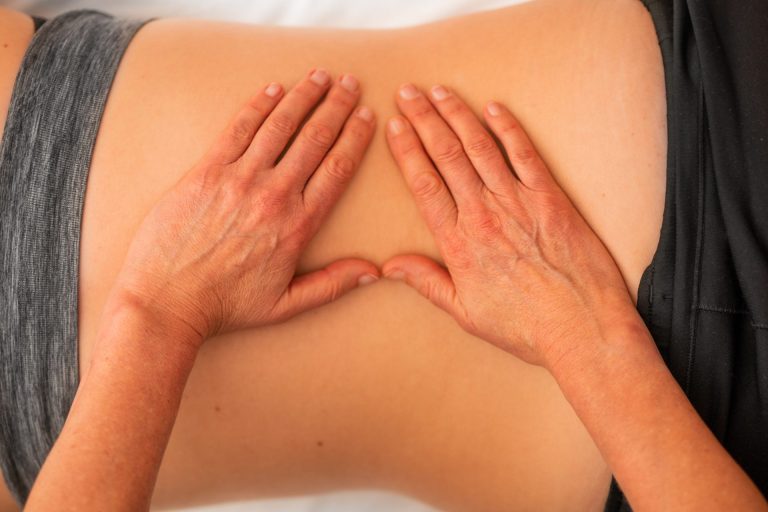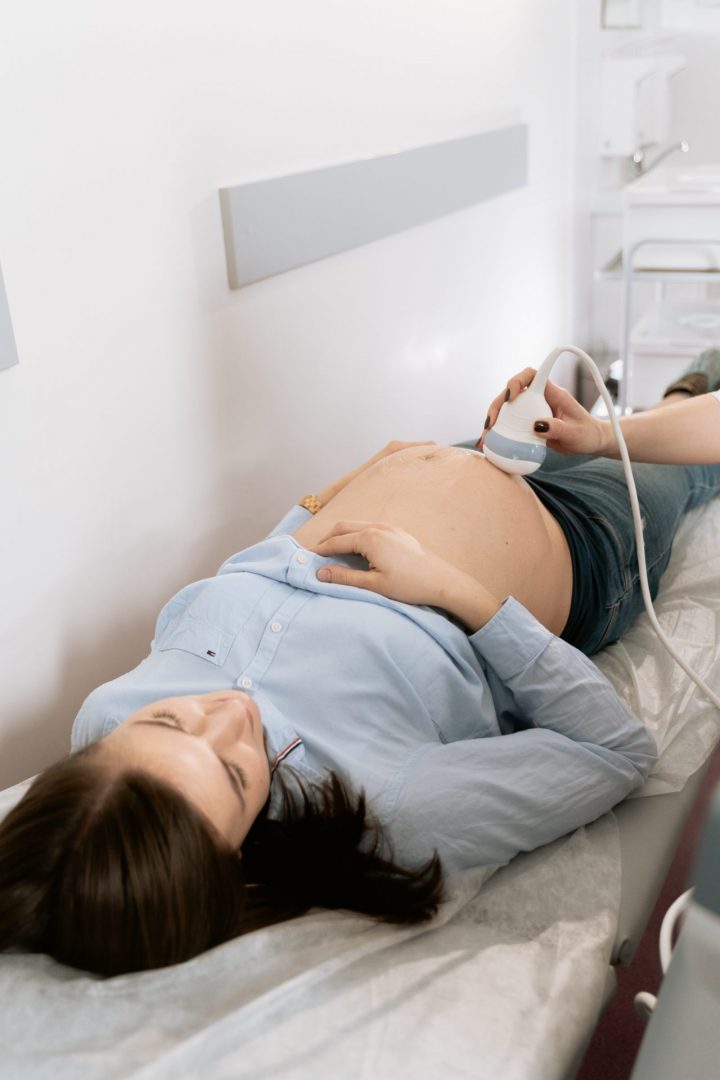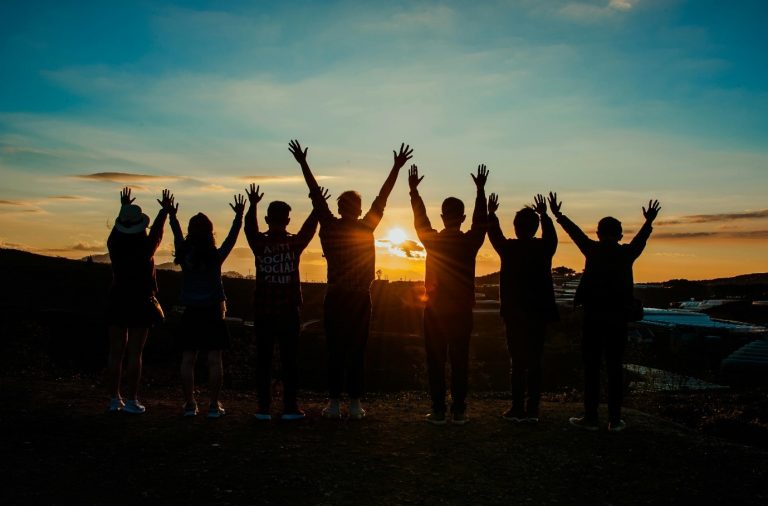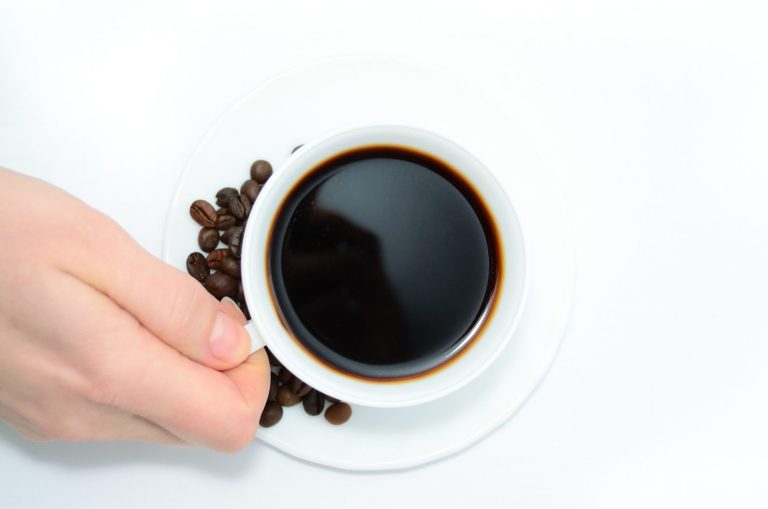Feeling suicidal during the festive season
Suicide is one of
the leading causes of death around the world and is common among people of all
ages. It is estimated by the World Health Organisation that in a year, around 800,000
people die by suicide, amounting to about one person every 40 seconds. The rate
of suicide in Malta is quite low when compared to other countries in Europe,
however, an increase has been observed in the past 10 years or so. In Malta,
the topic of suicide is also quite a taboo topic.
Suicide can be described as a self-inflicted fatal injury, which is accompanied
by the intention of ending one’s own life. More males than females tend to commit
more successful suicides, and this is because males tend to choose methods
which are more violent in nature, such as gunshots or hanging, whilst women
tend to choose less extreme methods.
For those who are struggling with suicidal thoughts, the festive season can
prove to be a challenging time. In the midst of sadness and hopelessness, one
is surrounded by cheer, decorations, colours and lights. Depending on the
situation of the person experiencing suicidal thoughts, the festive season can
either worsen their feelings and symptoms, or instil hope.
As discovered by researchers who investigated suicide rates around Christmas
time, the weeks leading up to Christmas and the week after seem to provide the
suicidal individual with a protective shield. The increase in social meet ups
and festive gatherings helps one to feel connected to others, and instils a
sense of hope, joy, and the promise of something better. Their feelings of
despair may be, for some time, lessened. The familial responsibilities that
might come around at Christmas time might also lead one to reconsider a
suicidal attempt around this time.
However, the studies showed that in the period of the New Year celebrations,
when the Christmas hype starts to subside, there is a rise in death by suicide.
The positive feelings built up around the time of the Christmas spirit and the
increased social interaction, might now give way to feelings of false hope,
loneliness and feeling empty. There is also the heavy thought of having to go
through another year battling their struggles daily.
On the other
hand, people who are already experiencing loneliness or financial constraint,
may suffer more during this time of festivities. People who may have
experienced a recent loss or separation from a loved one might also be more
prone to feeling depressed at this time.
In actual fact, the highest season for suicides is late spring to early summer,
as opposed to popular belief that the highest peak for suicide is winter time.
If you know of a person who is suicidal around this time of year:
– Do stay in contact after the
festive season to reduce the likelihood of that person feeling
isolated
– Ask them how they are feeling and
getting on after all the festive hype. Do not be afraid to
ask them directly if they are still
having suicidal thoughts.
– Do encourage that person to seek
professional help.
References:
Bilsen J. (2018). Suicide and
Youth: Risk Factors. Frontiers in psychiatry, 9, 540.
doi:10.3389/fpsyt.2018.00540
Degges-White, S. (2018). Suicide Risk Spikes after the Holidays [Blog]. Retrieved from https://www.psychologytoday.com/intl/blog/lifetime-connections/201812/suicide-risk-spikes-after-the-holidays
Grech, J. (2019). The truth about suicide in Malta. Retrieved
28 October 2019, from https://timesofmalta.com/articles/view/the-truth-about-suicide-in-malta.734341
Season for Suicide. (2019). Retrieved 29 October 2019, from http://www.sadag.org/index.php?option=com_content&view=article&id=756:season-for-suicide&catid=92&Itemid=154







